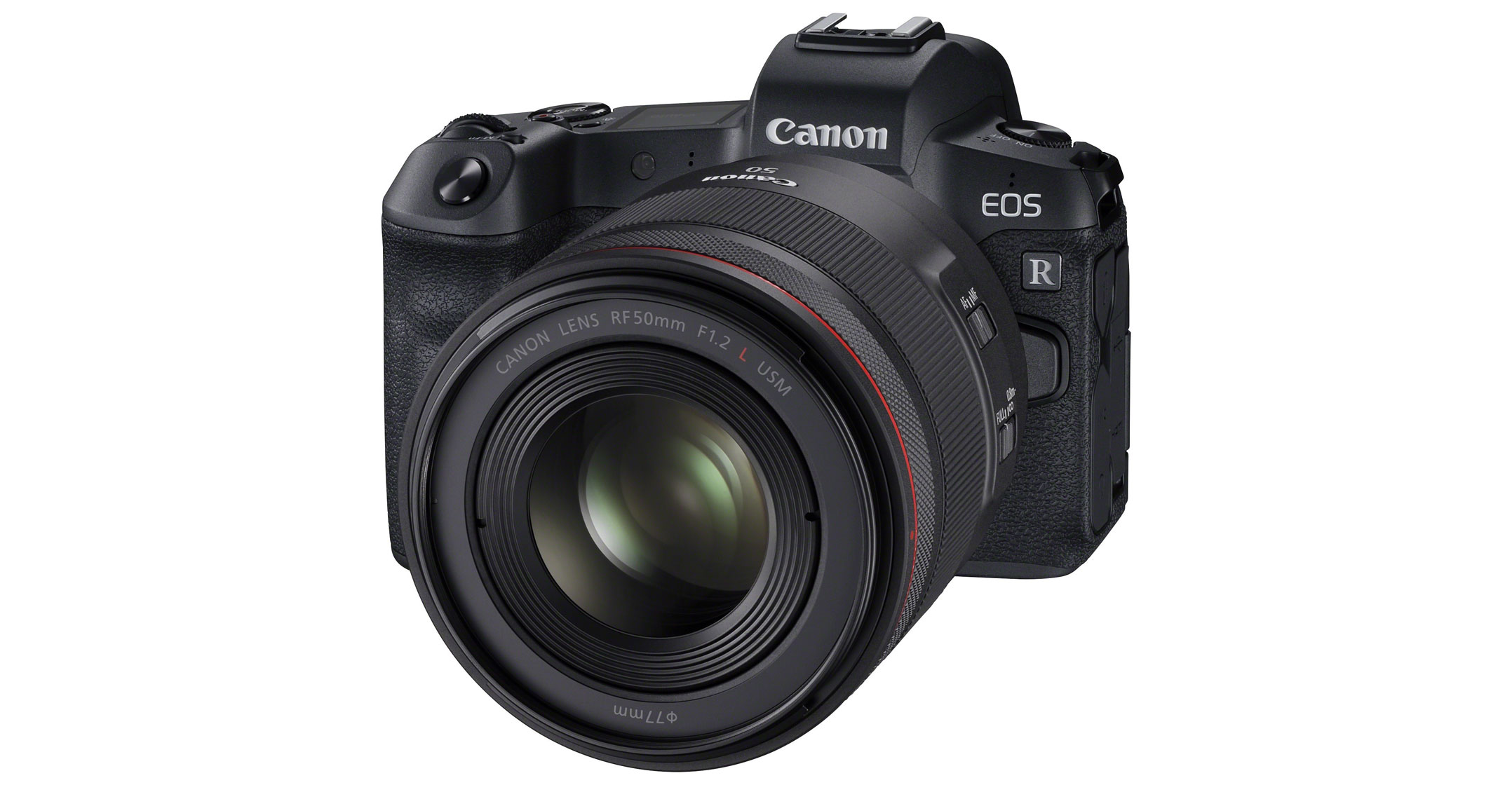 Canon is finally entering the full-frame mirrorless camera market, joining Sony and Nikon in a new battleground for professional-grade camera equipment.
Canon is finally entering the full-frame mirrorless camera market, joining Sony and Nikon in a new battleground for professional-grade camera equipment.
The Japanese electronics giant will begin selling in late October the EOS R for ¥237 500 (R33 000), a price tag targeted at professionals and enthusiasts. It aims to move 20 000 units a month.
Canon is the last major manufacturer to offer a mirrorless camera that’s aimed at pros. Sony took the lead in the market with devices equipped with sensors that’re better at grabbing more light, making it easier for photographers to shoot crisper images of fast-moving objects. Analysts are betting that the three-way competition will drive more innovation and even slow the migration of consumers toward smartphones and away from digital cameras.
“Sony was the only option until now, but with Nikon and Canon now out, we’ll see this space become very active,” said Ichiro Michikoshi, an analyst at Tokyo-based BCN. “There’s a lot more buzz now, so maybe people who have forgotten about standalone cameras will take another look.”
Removing the mirror system in the EOS R reduces the distance between the lens and the image sensor. The tighter design will boost stability and help eliminate blur, and opens possibilities for new lens designs, executives said. Older Canon lenses will still be supported through mount adapters.
Canon and Nikon have dominated the pro market for decades, first with film and then with digital single-lens reflex (DSLR) cameras. However, it’s becoming clearer that devices without the mirror-and-prism system offer significant benefits. Thanks to advanced image sensors, sophisticated software and a simpler design, mirrorless systems can capture light faster while staying in focus, making it easier to capture clearer images of rapidly moving objects.
“Canon is moving to the next stage,” president Masaya Maeda told reporters at an event in Tokyo on Wednesday. “We are pushing the boundaries of imaging expression.”
Following suit
While mirrorless cameras have been around for more than a decade, Sony was first to embed them with the larger full-frame image sensors — the chips that convert light particles into digital bits — putting them on par with DSLRs in terms of picture quality. Canon and Nikon are following suit and rolling out their own designs featuring full-frame sensors.
Mirrorless cameras have been a rare bright spot for the US$11-billion industry, where digital camera shipments have plummeted 80% in the past decade, as more people use smartphones to take pictures. Mirrorless cameras now account for about a third of the the sector’s revenue, up from 9% in 2012, according to industry body CIPA.
Their lofty price tags however may limit mass appeal for now. Canon’s released only a mid-tier model. Rival Nikon last month unveiled two versions: one for the mid-tier and another for the high-end market.
“At above ¥200 000 yen, it’s too high. You need to get down to ¥120 000 to ¥130 000 for people to consider it,” Michikoshi said. “But lenses are also expensive. So I don’t see a huge number of users flowing in.” — Reported by Yuji Nakamura and Yuki Furukawa, (c) 2018 Bloomberg LP

